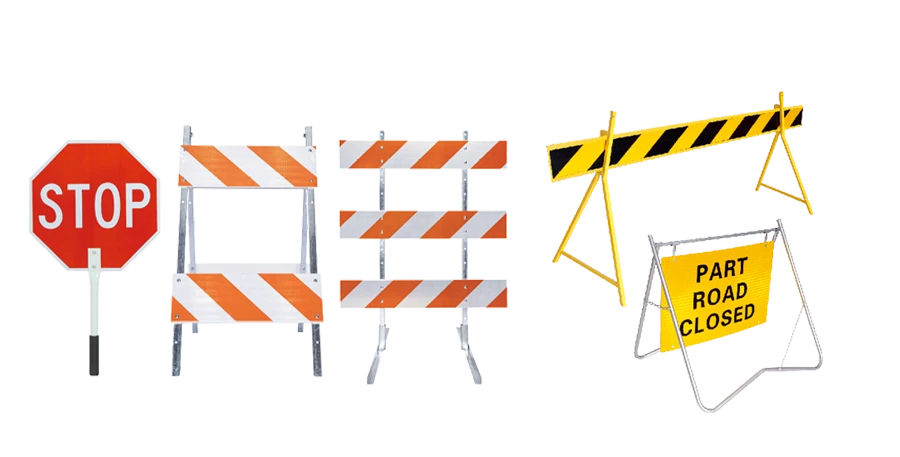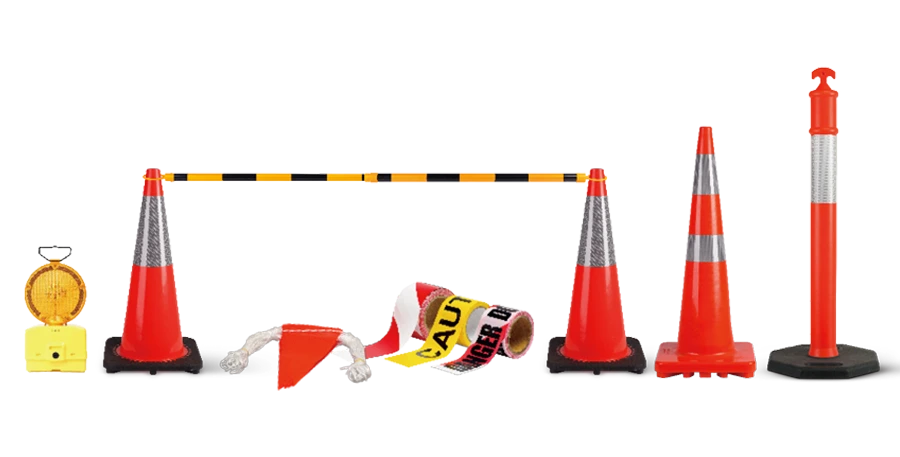交通制御ボラードが現代の交通の落ち着きのミッシングリンクである理由
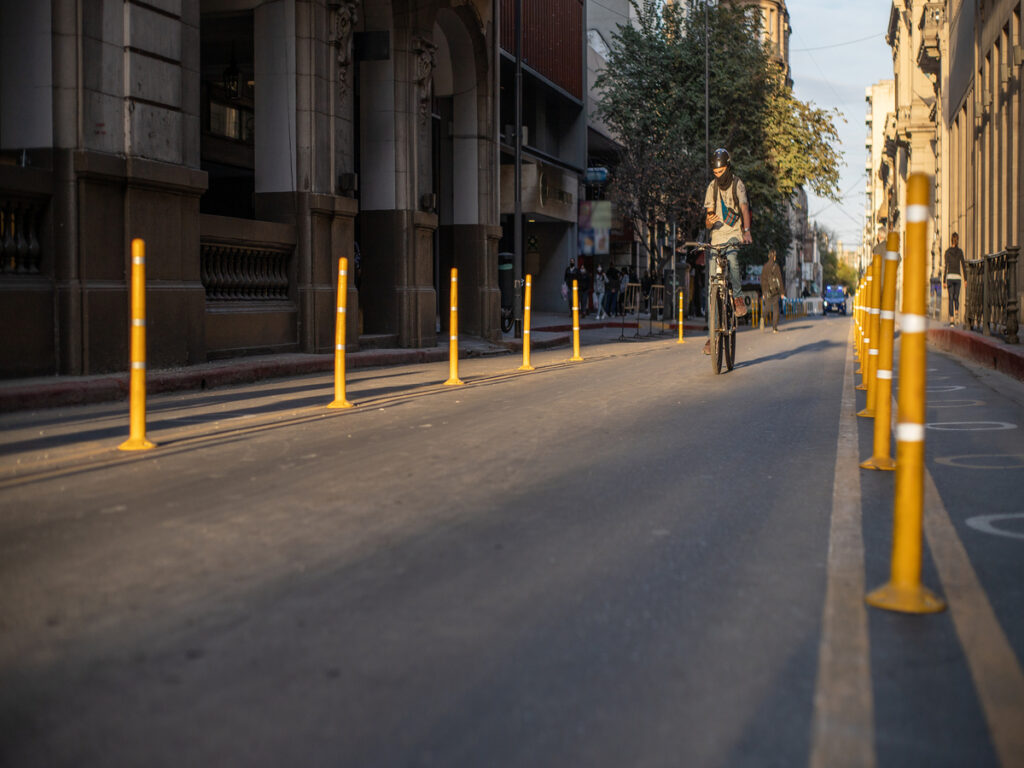
より安全な探求で, より組織化された通り, トラフィックコントロールボラードは、多くの場合、効果的なトラフィックの落ち着き戦略のミッシングリンクです. スピードバンプや道路狭窄ヘルプなどの従来の測定値, ボラードは、トラフィックを制御するだけでなく、安全性と都市デザインを強化する汎用性の高いソリューションを提供します. これらのボラードを戦略的に配置することにより, 都市は車両の動きを指示できます, 歩行者を保護します, より魅力的で機能的な環境を作成します. 北米とアジア太平洋地域の都市は、事故を削減し、交通の流れを改善する実証済みの能力のために、トラフィックコントロールボラードをますます採用しています. これらのソリューションは、単に車両を停止するだけではありません。彼らは行動を形成し、ドライバーと歩行者の両方に長期的な利益をもたらします.
コーン盗難 & 破壊行為: 盗難防止ソリューションの費用便益分析 (GPS, マイクロドット, 染料)
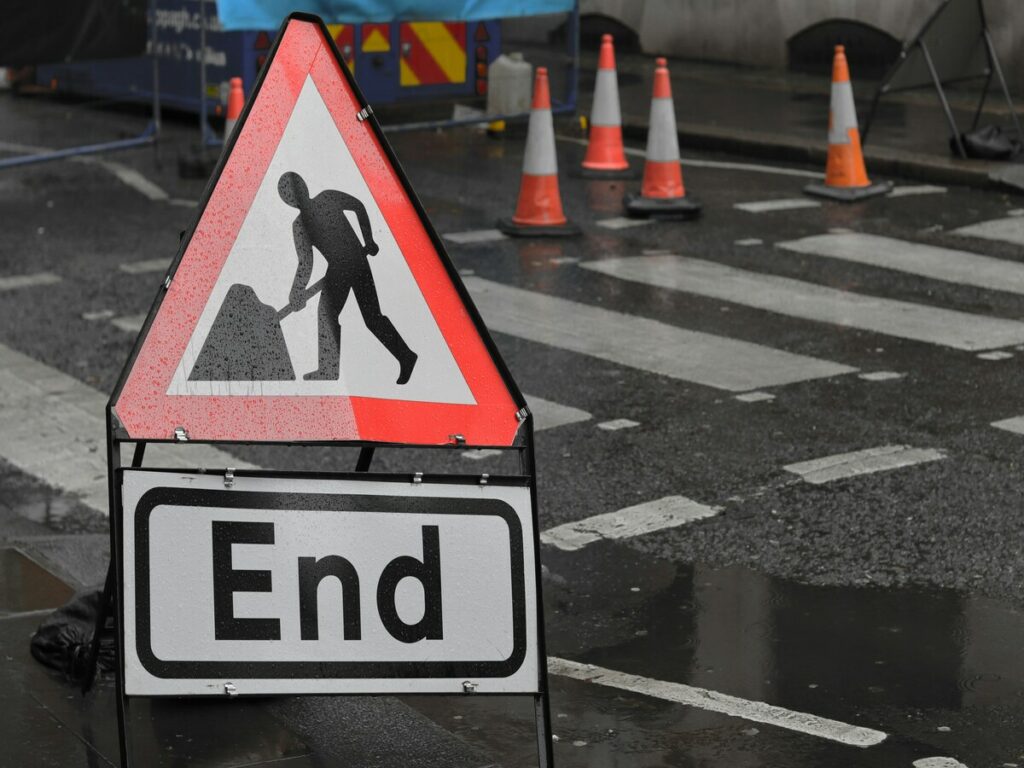
マイクロドットテクノロジーは、ほとんどのシナリオで交通安全コーンに最も強力な費用対効果を提供します. 慎重な識別を提供します, 回復をサポートします, 厳しい予算に適合します. 高価値または重要な領域の場合, GPSトラッキングはリアルタイムの監視を追加し、盗難防止を強化します. セキュリティ染料は目に見える抑止力を低コストで提供します. 交通コーンを盗むリスクに対処することにより, 各組織は、特定のトラフィックコントロールソリューションと運用上のニーズに合わせて調整された最も効果的な盗難防止機能を実装できます.
ボラード配置のためのMUTCDガイドラインの理解
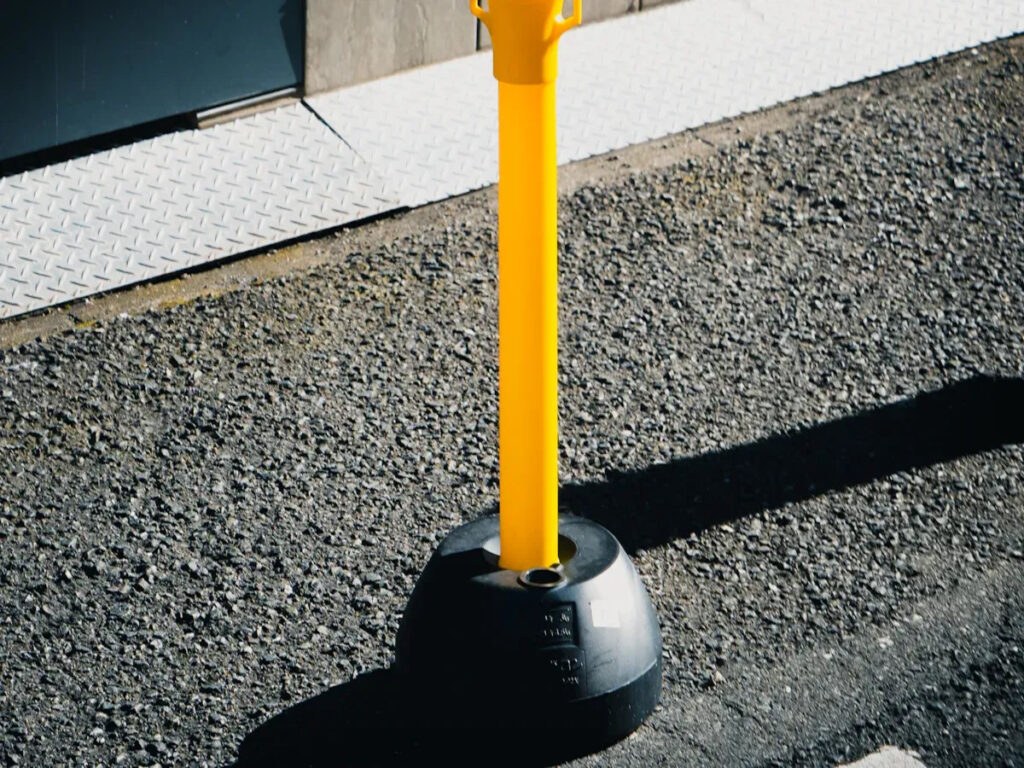
均一な交通制御装置に関するマニュアル (mutcd) 交通管制装置の国家標準を設定します, トラフィックコントロールボラードを含む. MUTCDコンプライアンスは、公共の安全と責任保護に不可欠なままです. 連邦高速道路局は、一貫した基準がドライバーの行動を導くことで道路をより安全にすることを強調しています.
安全性の音響: ボラードデザインはできます & レイアウト交通騒音公害を減らします?

都市の騒音公害は、都市住民にとって永続的な課題を提示します. トラフィックコントロールボラードは二重の目的を果たします: 安全性を高め、騒音を管理する手段を提供します. 調査によると、都市計画が示されています, ボラードの戦略的使用を含む, 流れに影響を与え、忙しい道路を静かなエリアから分離することにより、交通騒音を減らすことができます. トラフィックコントロールボラード, 慎重なデザインで配置された場合, 汚染のspread延を制限し、より安全に貢献するのに役立ちます, より快適な環境. 交通が都市を移動するにつれて, ボラードは安全保護者の両方として、ノイズリダクションのためのツールの両方として立っています.
IoTセンサーを使用して、故障を防ぎ、コストを削減するためにIoTセンサーを使用したロードボラードの予測メンテナンス
忙しい街でロードボラードを管理していると想像してください. 従来のメンテナンスは、何かが壊れるのを待ちます, 予期せぬ失敗と高コストにつながります. 予測メンテナンスはこれを変更します. センサーを使用して問題を早期に発見します. 予測ツールは、失敗が発生する前に修理を計画するのに役立ちます. IoTセンサーはリアルタイムのデータを提供して、速く行動できるようにします. 予測的なメンテナンスにより、ロードボラードは長く動作し続けます. あなたは修正に費やす時間を減らし、コストの削減に長くなります. このアプローチにより、メンテナンスはより賢くなります, より安全, より信頼性が高くなります.

